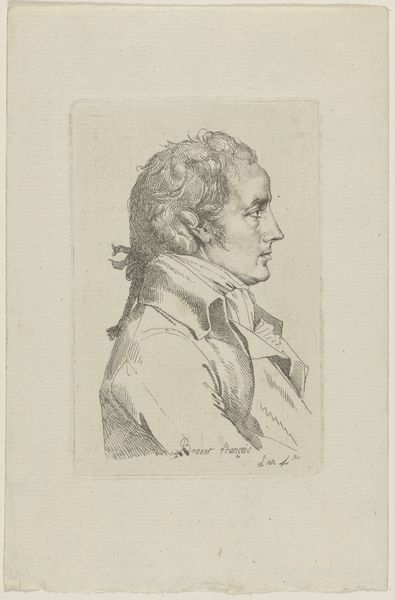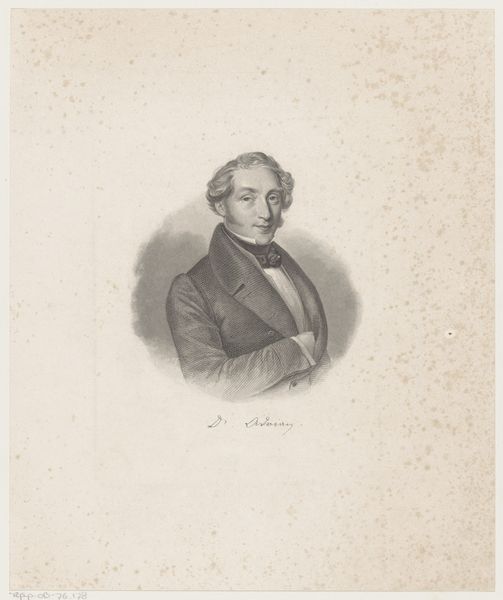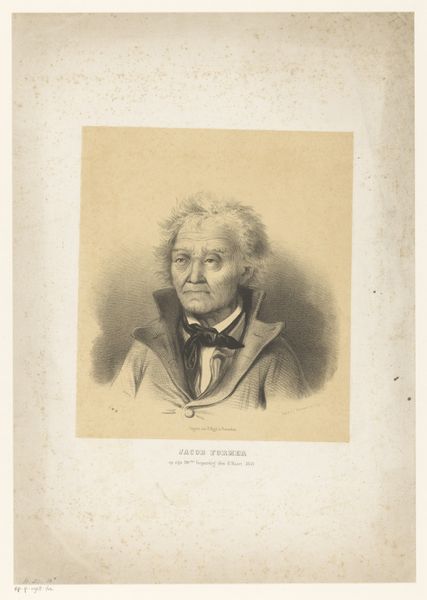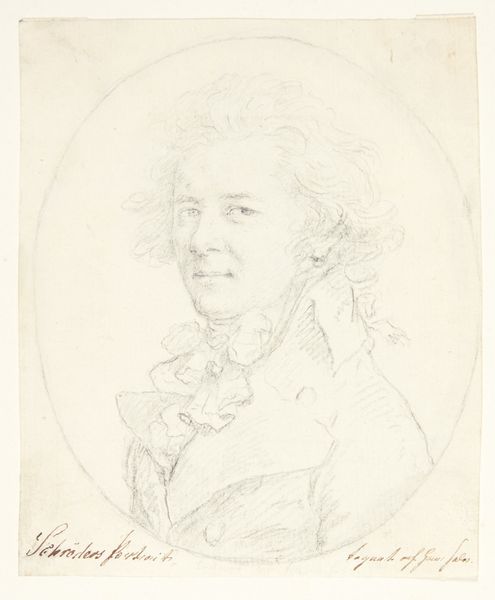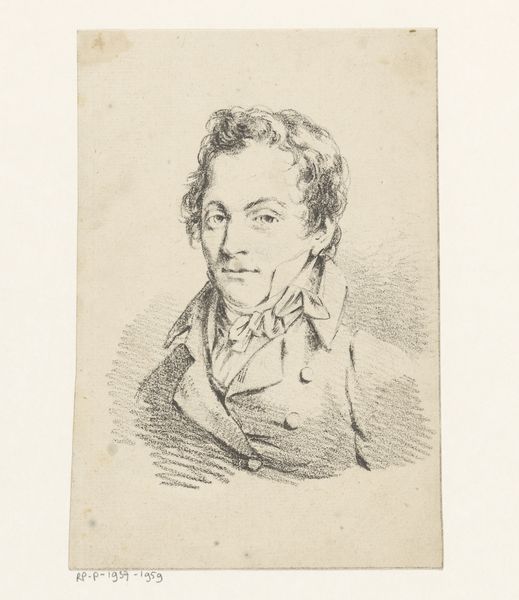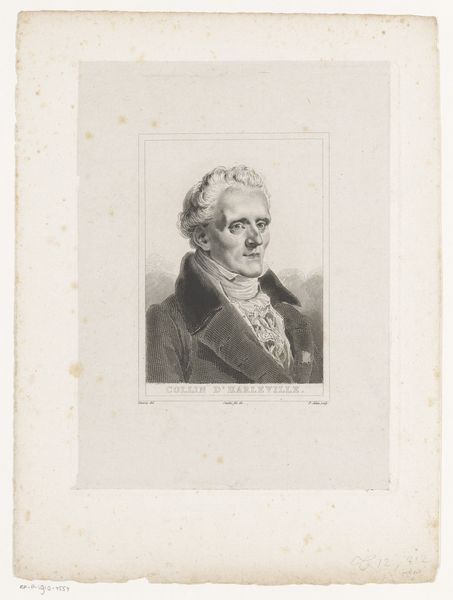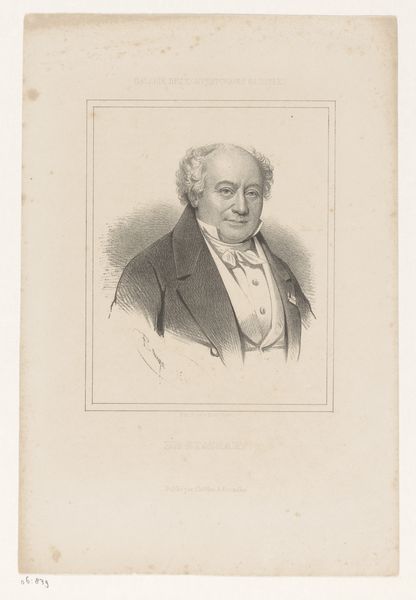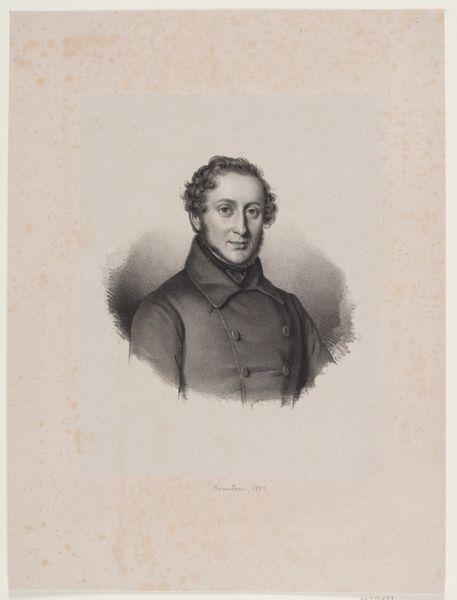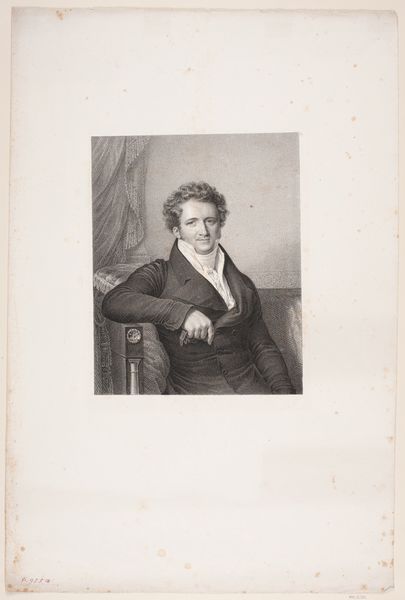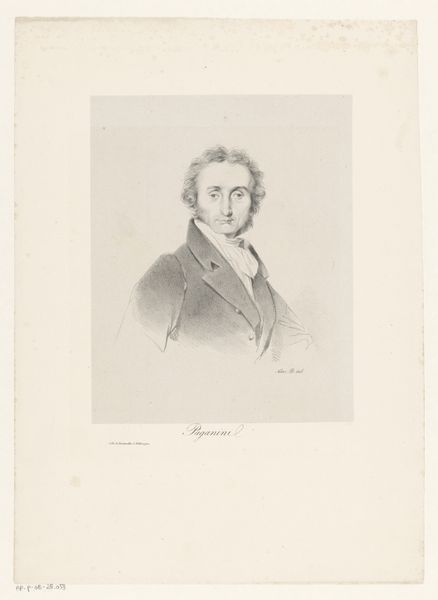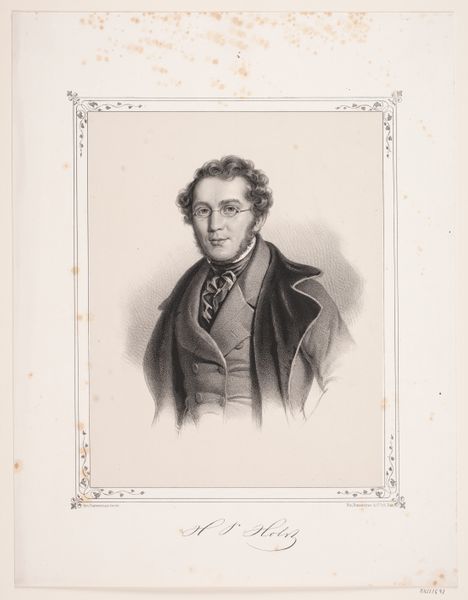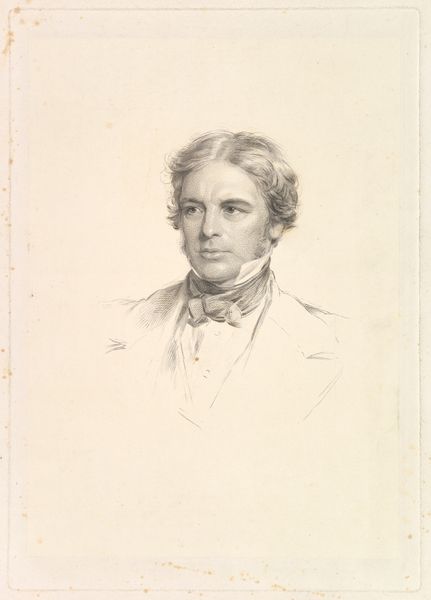
Lieutenant Colonel Alexander Dow 1800 - 1835
0:00
0:00
drawing, print, etching, engraving
#
portrait
#
drawing
# print
#
etching
#
engraving
#
realism
Dimensions: Plate: 10 7/16 × 7 1/2 in. (26.5 × 19 cm) Sheet: 13 7/8 × 10 3/16 in. (35.3 × 25.9 cm)
Copyright: Public Domain
Editor: We’re looking at "Lieutenant Colonel Alexander Dow," a print created sometime between 1800 and 1835, credited to Samuel William Reynolds the elder. It looks like an etching and engraving. I’m struck by its simplicity, almost like a quick sketch, yet it carries such a formal air. What stands out to you? Curator: It’s interesting you pick up on that contrast, that tension. Prints like these played a crucial role in image dissemination during that era. How do you think the widespread availability of such portraits impacted the perception of figures like Lieutenant Colonel Dow? Editor: Hmm, I suppose it democratized their image, making them more accessible to the public rather than just an elite circle. But wouldn’t that also affect how they were perceived? More human, less like distant figures of authority? Curator: Precisely. This touches on the power of print culture. Reproductions flattened hierarchies by placing likenesses of influential people into a broader circulation. Now, consider Dow himself. The details of his military and personal life – how might knowledge of those details shape our understanding of this particular portrait within the broader visual landscape of British colonialism? Editor: So, understanding the subject's role in the Empire changes the reading of what looks like a simple portrait… It's not just about an individual, but a representation of imperial power structures, packaged for public consumption? Curator: Exactly. Reynolds crafted an image that participates in shaping public memory and the legacy of British rule. We're not just looking at a man; we're looking at the making of a symbol. Editor: That's a completely different way of seeing it. I had thought it was just a portrait, now I see it's an artifact with cultural weight, intentionally shaping public perceptions. Thanks for broadening my perspective. Curator: It’s been a valuable exchange, revealing how historical context profoundly shapes our interpretations of art. It's a reminder that images are never neutral; they actively engage with their socio-political environment.
Comments
No comments
Be the first to comment and join the conversation on the ultimate creative platform.
